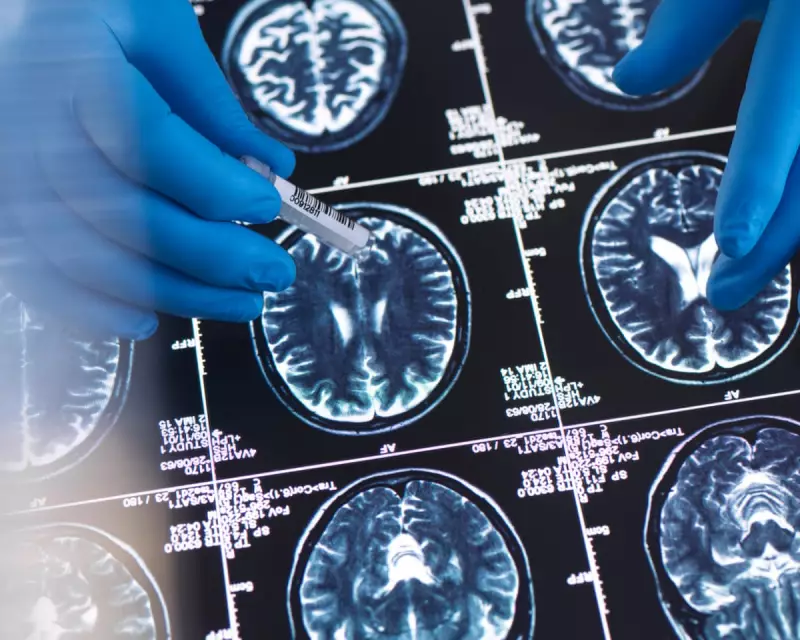
Groundbreaking research has uncovered that individuals with an optimistic outlook exhibit strikingly similar brain patterns when contemplating the future. The findings, published in a recent neuroscience study, provide compelling evidence about how positive thinkers process upcoming events differently.
The Science Behind Optimism
Using advanced brain scanning technology, scientists observed that optimistic participants showed consistent neural activation in specific regions associated with emotional processing and future planning. These patterns remained remarkably stable across different optimistic individuals, suggesting a biological basis for positive thinking.
Key Findings:
- Prefrontal cortex showed heightened activity in optimists
- Reduced activation in areas linked to anxiety and fear
- Stronger connections between emotional and cognitive brain regions
Implications for Mental Health
The research team believes these discoveries could lead to new approaches in treating depression and anxiety disorders. "Understanding these neural signatures of optimism might help us develop targeted interventions," explained the lead researcher.
Interestingly, the study also found that these optimistic brain patterns could be temporarily induced in less positive individuals through specific cognitive exercises, opening exciting possibilities for psychological therapies.
Future Research Directions
Scientists are now investigating whether these neural patterns are innate or develop through life experiences. Additional studies will examine how optimism-related brain activity changes with age and whether it can predict resilience to stress and trauma.





